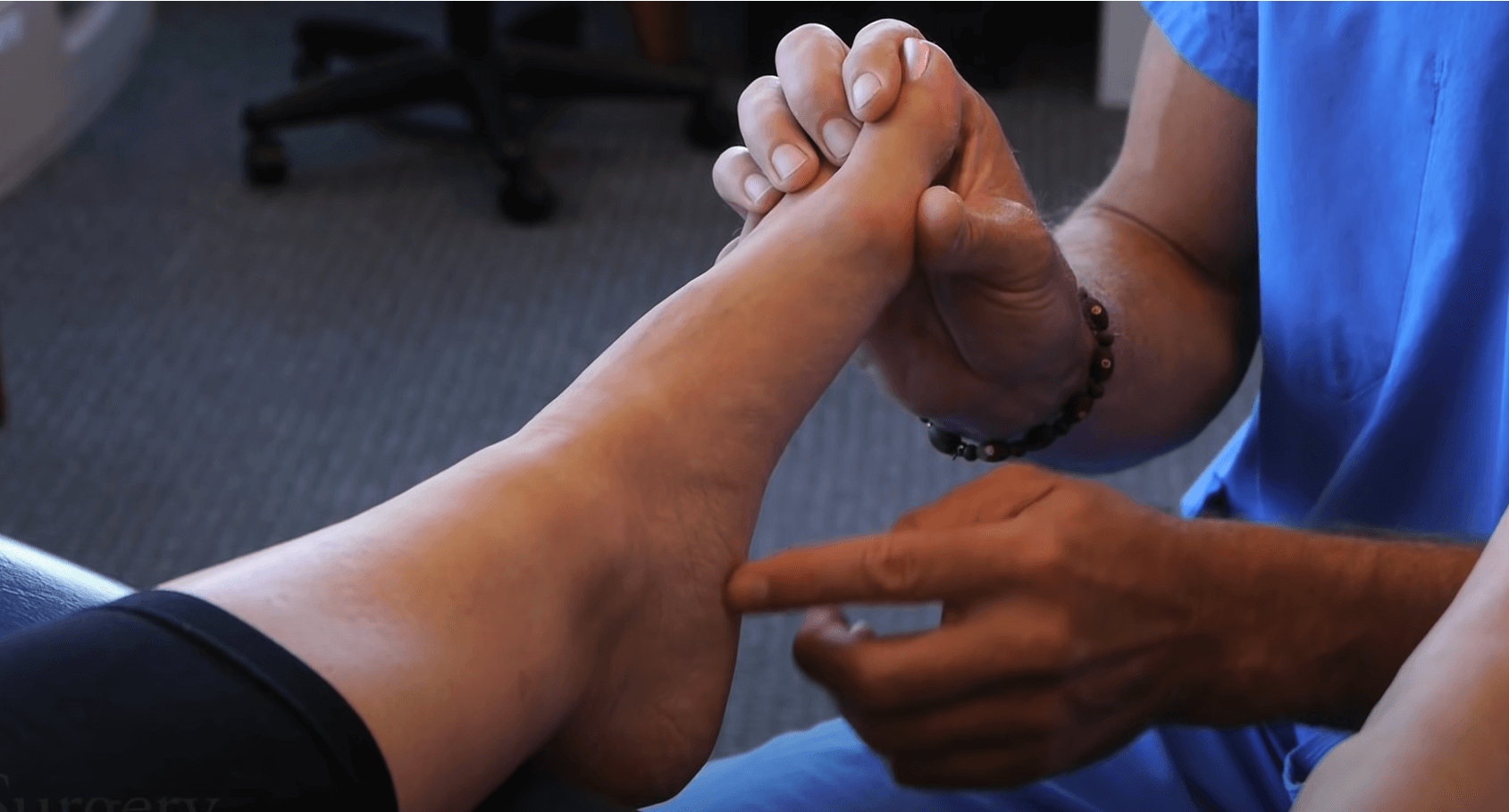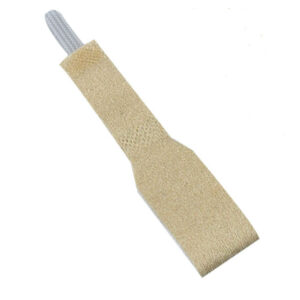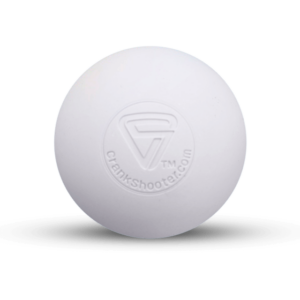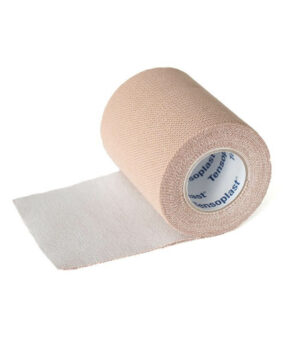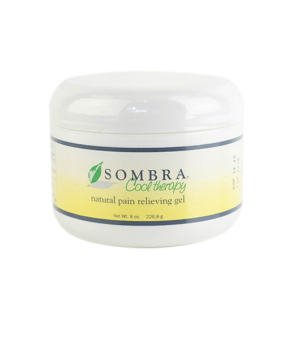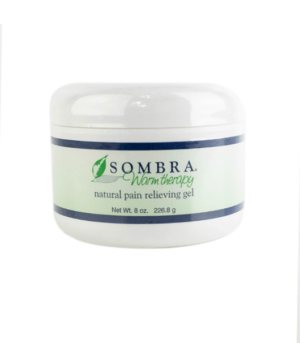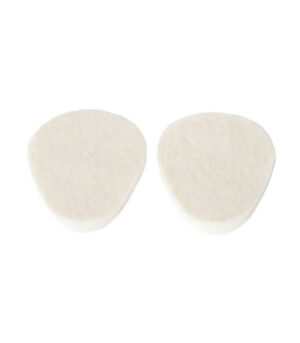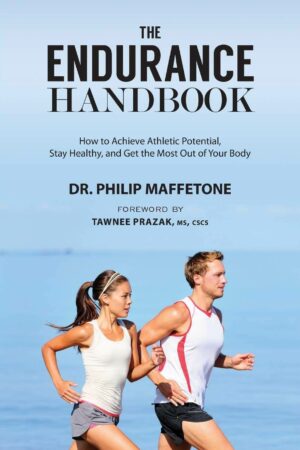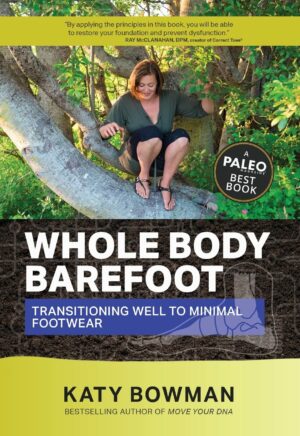It’s wintertime in the Northern Hemisphere, and for those living at northern latitudes, the cold weather is setting in. Keeping your feet and toes warm during the cold winter months is an important consideration, and so too is keeping your feet and toes healthy and pain-free. Winter is no time to forget natural foot health principles, and the footwear you use during these cold months should receive the same high scrutiny your warm weather footwear receives. In this post, we discuss some of the most important considerations for cold weather footwear and how you can stay injury-free this winter as you’re out and about.
Important Principles to Remember
The rules that govern healthy footwear apply equally to warm and cold weather shoes and boots, though it’s often more difficult to find foot-health positive winter footwear. To review, then, winter footwear should be completely flat from heel to toe, widest at the ends of your toes, flexible in the sole, and lightweight. The greater amount of shoe or boot material commonly included in winter footwear usually means increased weight. We encourage you to find the lightest possible winter footwear that still protects your feet from the elements. Lightweight footwear (whether it be summer or winter footwear) enables a more natural (i.e., low-joint-impact) gait.
The late Dr. William Rossi, a leading figure in the natural foot health movement, once stated that, “… a shoe has only two functions: as a nonintrusive, protective covering, and as an ornamental dressing. The moment a shoe assumes a therapeutic function for the average foot, the foot is in trouble.” A good winter boot or shoe can be just this (a nonintrusive and protective covering), as long as it allows your foot to function like a bare foot and does not alter the natural anatomical position of your toes.
Winter Footwear Considerations
A few hardy souls may be willing to use their warm weather minimalist footwear in cold conditions, but for most people, ensuring your feet are insulated from the cold—from both the air and the ground—is a key consideration when selecting cold weather footwear. The risk of frostbite on any exposed skin is real, and it can have a lasting effect on the sensory nerves in your affected area. Keeping a sufficient buffer between your foot and the frozen ground is important because a significant amount of body heat can be lost through your feet.
Your winter footwear must be wide enough to accommodate not only the width of your foot, but also the thickness of your socks. Many people prefer thicker, woolier socks in the cold winter months, and these socks can take up a significant amount of space within your shoe or boot. Some shoes and boots have an inner lining (fuzzy or otherwise), too, that takes up additional space within your shoe or boot and can squish your toes, so judge footwear width accordingly when you’re shopping for winter shoes or boots.
When selecting cold weather footwear, consider the shoe or boot’s upper, specifically whether it’s stretchy and flexible or stiff. A flexible upper allows more room for your toes to spread, which is an important advantage. A stiff upper can be okay too, as long as the width of the shoe or boot (at the ends of your toes) is sufficient to begin with. It’s important to avoid buying a narrow shoe or boot with a stiff upper, thinking the upper will loosen up or adjust over time—it won’t.
Most winter shoes and boots can be modified to create more toe room. One way to do this is to remove the liner. Removing the liner can significantly increase the amount of space within the shoe or boot for your foot and toes. In most cases, the sole alone will be thick enough to buffer heat loss from your soles. If, after removing the liner, your shoe or boot feels too loose or floppy around your heel, you can add a tongue pad to help take up some of the slack. Re-lacing your footwear is another simple and helpful modification that can increase toe room in your cold weather shoes or boots. Consider starting your laces a few eyelets higher up on your foot than normal, leaving the bottom one or two sets (closest to your toes) open. This modification reduces the pinch forces on your toes, allowing them more freedom within your shoe or boot’s toe box.
Consider using socks that keep your feet sufficiently warm but do not cause sweating. Toe socks—which can be used in combination with Correct Toes to help optimize foot health—are great winter socks. Conventional socks can be okay, too, but you need to stretch the seems around the toes to remove any tapering effect they might cause. If you wear slippers in the house, make sure these slippers are flat, widest at the ends of the toes, and flexible (not all slippers possess these important design features).
A final consideration when searching for healthy cold weather footwear is the liner test. Remove the footwear’s liner and stand on it (wearing your socks) to determine if your winter shoes and boots are truly foot-health positive. If any part of your foot or toes hang over the liner, the shoe or boot is too narrow for you.
Healthy Winter Footwear
When shopping for cold weather footwear, remember that the brand name of the shoe or boot is less important than the actual fit. Footwear brands that may be appropriate for cold weather situations include Ugg, Soft Star, and Crocs—it just depends on the model. Leming (soon to be Lems) is one of our favorite shoe companies and is coming out with a boot starting January 2013. We encourage you to contact us if you have found winter shoes or boots that work with Correct Toes or adhere to our natural foot health principles. We are always searching for new and better products to support your long-term foot health.
* January 2014 Update *
Lems has indeed launched their Boulder Boot. We find it to be an excellent cold-weather footwear option!





